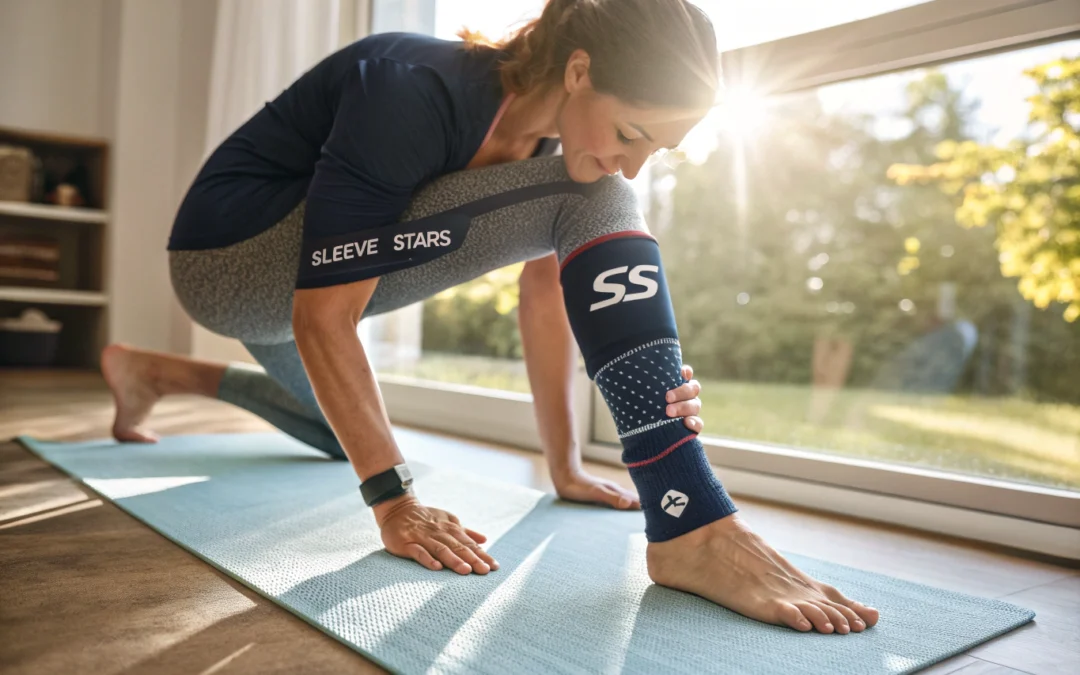The Unsung Hero of Recovery: Your Ankle Brace After Surgery
Picture this: you’re fresh out of ankle surgery, feeling a mix of relief, anxiety, and the ever-lingering question—what’s next? The road ahead isn’t just about healing; it’s about rebuilding strength, regaining mobility, and avoiding those sneaky setbacks that can derail your progress. Enter the humble ankle brace after surgery, the unsung hero in your recovery saga.
Now, I’m not just talking about any old support gear. I’m talking about a carefully designed tool that’s part guardian, part coach, helping you navigate the tricky terrain between vulnerability and vitality.
Why an Ankle Brace? More Than Just Support
Imagine your ankle as the main character in a sci-fi epic—maybe a starship’s landing gear after a rough planetary touchdown. It’s damaged, fragile, and in desperate need of protection. The ankle brace is like the force field that shields it from further harm while allowing critical repairs to happen underneath.
After surgery, your ankle isn’t just weak; it’s in a state of flux. Tissues are healing, swelling may come and go, and your muscles are relearning their roles. The ankle brace steps in to stabilize the joint, control motion, and reduce the risk of reinjury. It’s the difference between a cautious step forward and a catastrophic stumble backward.
Choosing the Right Ankle Brace: Your Ally in Recovery
But not all braces are created equal—kind of like how not every spaceship has the same tech or capabilities. When selecting an ankle brace after surgery, you want to look for one that offers adjustable compression, breathability, and the right balance between immobilization and flexibility.
Too rigid, and you risk muscle atrophy and stiffness. Too loose, and you’re asking for trouble. The best braces provide a snug fit that supports without suffocating, allowing gradual movement that encourages healing without pushing too hard.
The Journey of Wearing Your Brace: Patience and Progress
Slip on that brace and you’re not just wearing a device—you’re donning your armor for the healing quest. It’s a daily reminder that recovery is a journey, not a sprint. Some days, you’ll feel like a cyborg ready to take on the world; other days, the brace might feel like a cumbersome burden.
But here’s the truth: every minute you keep that brace on is a step closer to reclaiming your full mobility. It helps manage swelling, alleviates pain by reducing strain, and boosts your confidence to put weight on your foot without fear.
Integrating the Brace with Physical Therapy
Of course, the ankle brace isn’t working solo. It’s part of a team—your physical therapy regimen. Think of the brace as the shield, and PT as the training ground where your ankle rebuilds its strength and agility.
Physical therapists usually recommend wearing the brace during activities that stress the ankle, gradually reducing usage as the healing progresses. It’s a delicate dance between support and independence, and the brace helps choreograph that balance.
Final Thoughts: Your Recovery Sidekick
So, if you’ve recently had ankle surgery or are gearing up for one, remember the ankle brace isn’t just a medical accessory; it’s your recovery sidekick. It’s there to protect, support, and guide you through the early chapters of your healing story.
Embrace it, trust the process, and keep your eyes on the horizon. Because every hero’s journey has challenges—but with the right gear, even the toughest battles become manageable.
For a deeper dive into the types of ankle braces and why they’re crucial after surgery, check out this detailed guide on ankle brace after surgery. It’s a treasure trove of info for anyone ready to take command of their recovery.
Checkout ProductScope AI’s Studio (and get 200 free studio credits)

